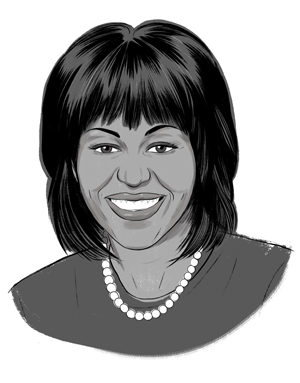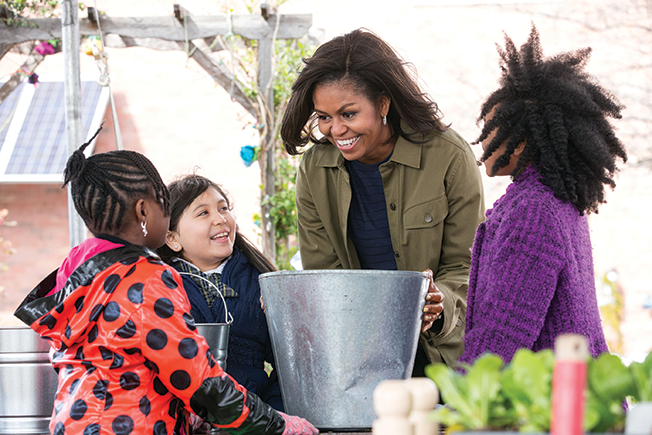Inspiration meets innovation at Brandweek, the ultimate marketing experience. Join industry luminaries, rising talent and strategic experts in Phoenix, Arizona this September 23–26 to assess challenges, develop solutions and create new pathways for growth. Register early to save.
I don't think I ever could have imagined that, as first lady, I would appear in an episode of Billy on the Street to promote fruits and vegetables and would wind up slow dancing with Big Bird in a supermarket while Billy Eichner serenaded us with an Aerosmith song.

But then again, six years ago, I don't think any of us could have imagined that Fenway Park would have a 5,000-square-foot farm on its rooftop to provide fresh produce for its fans; or that 50 million Americans would visit a government website called ChooseMyPlate to learn about healthy eating; or that sales of kale would jump 50 percent in just four years; or that 1.6

WORK SMARTER - LEARN, GROW AND BE INSPIRED.
Subscribe today!
To Read the Full Story Become an Adweek+ Subscriber
Already a member? Sign in

